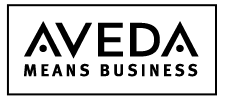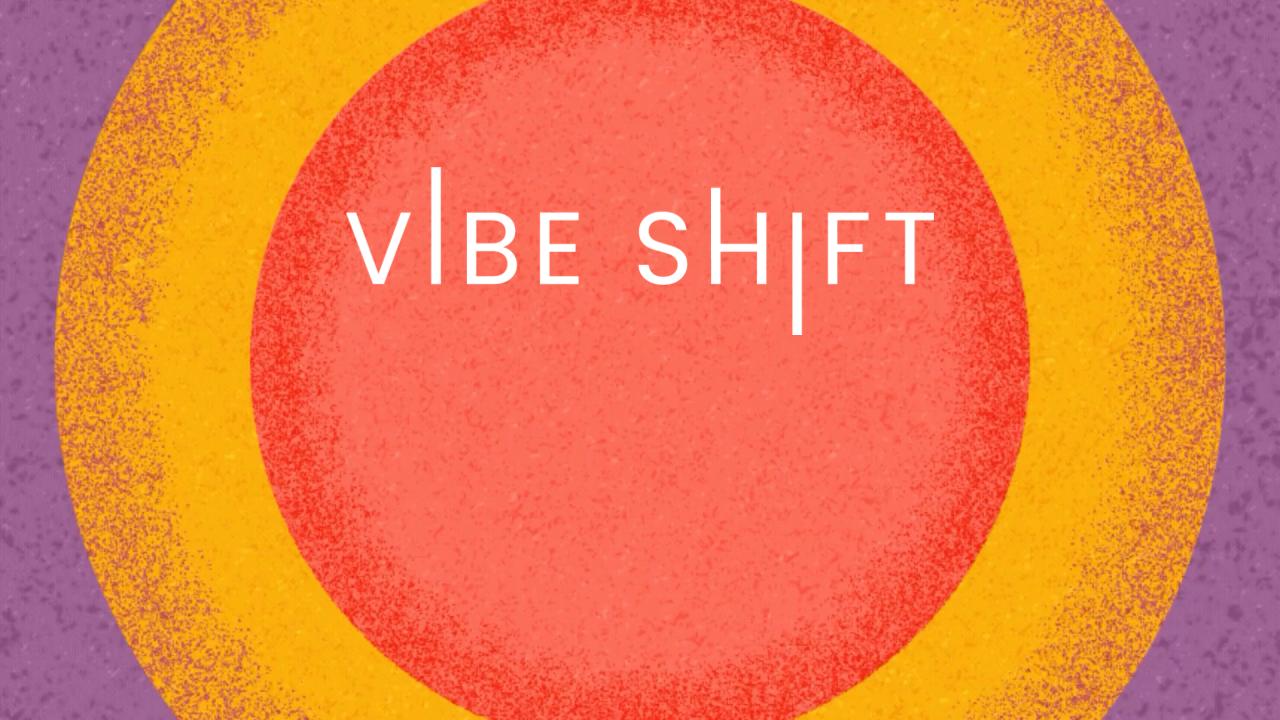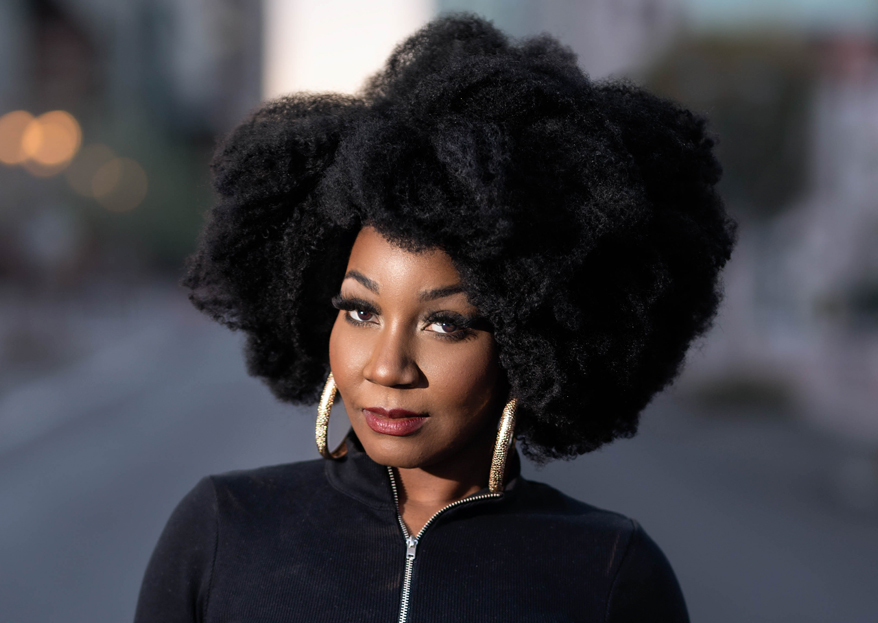NAHA Know-How: Creating Your Best Entry
The North American Hairstyling Awards is now open for 2021 entries. Now through Nov 18, 2020, applicants can learn more about the competition and submit their NAHA photos to https://probeauty.org/naha/.
But if you’re a NAHA newbie, the whole process can feel a bit intimidating—honing your vision, assembling a team, creating winning images—it’s a big job.
We asked a few former NAHA winners and nominees for their best advice on creating a world-class NAHA submission.
Our NAHA Experts

Charlie Price: Platform artist and educator, NAHA finalist 23 times and NAHA winner three times

Chrystofer Benson: Matrix Artistic Director and Global Design Team Member, NAHA finalist 12 times and NAHA winner three times.

Eric Fisher: stylist, owner of Eric Fisher Salons and Eric Fisher Academy, Aquage platform artist, finalist 11 times, NAHA winner two times
The Inside Scoop
Q: How do I decide which category to enter?
Baker: Take a close look at the categories—some require more images than others. Also, assess your talent. Is it in cutting? Hairdressing? My strength was always more edgy looks, so I liked the Avant-Garde category—that’s where my talent lies.
Price: It’s important to see NAHA as a marketing tool—if you win, how can you leverage it to enhance your image? If you’re known for cutting, don’t select Avant-Garde, but do enter Classic Contemporary, and so on. Think about what represents your personal brand the best.
Benson: For me it’s doing the categories in which you love that style of work—I love Color and Avant-Garde so that’s what I enter.
Fisher: I enter the categories based on the influences and inspiration I have over the year. I typically always do Master because I’m invited to that category and always do the Student category because of Eric Fisher Academy.
Q: How do I assemble the right team?
Baker: I’ve always been big on having references or a storyboard. What image is out there that I like? Did I like the lighting in a specific picture? Did I like the composition? Did I like the style of a photograph? When I look at building an image for myself, the first thing I ask is: Do I love that reference photograph? Once I know what I like I ask: Who can help me achieve it? I would search for a photographer whose work has the same look I want. Same goes for a makeup artist. You should pick a team who has already done great work with you before—when you spend money on a photo shoot of this level, you don’t want this to be a learning game for all your team players. Photo shoots are expensive—you don’t want your tight end to learn to catch the ball at the Super Bowl.
Price: Make sure the team has similar tastes and understands NAHA. The photographer needs to be enrolled in the process of creating appropriate imagery for the competition. Also, I work with the same people over and over—the rapport and communication continue to build and everyone is more comfortable and able to create their best work.
Benson: It’s about who you can work with, get a good vibe with, get honest feedback from, and grow together creatively. It changes periodically but I no doubt have a core team that I have the ultimate trust in.
Fisher: I’m pretty consistent about the team. I have great hairdressers, makeup artists and a pool of models that we use here in Wichita, Kansas. You don’t have to live in New York City or LA to win NAHA.
Q: How do I execute the vision?
Baker: That’s the fine line a creative director walks. You’re ultimately accountable and responsible for the finished product. At the same time, you’ve got this great team. They know that you’ve got them involved because you trust them, so let them do what they do the best. And they’ll do their best when they have clear communication from the director. Be very clear about what you want. I want to help the team look great on a project. If they look great, it makes me look great. I will do everything I can to make sure they don’t fall down.
Price: I keep journals all year of images that inspire me, then a few months before my NAHA shoot, I start to review them. Vision boards automatically construct themselves and this is your blueprint. There is no such thing as “too early.”
Benson: A vision board keeps your vision pure and everyone on the same page when working. Sometimes I have each team member do a small one for three thoughts on the collection— makeup, photography, wardrobe—so everyone is involved and takes ownership in the process.
Fisher: It’s really important to storyboard your vision. You need to be influenced by something. I’m constantly buying magazines and books, even art books from used bookstores. I assemble photographs and images and post them either in the Lookbook or on my wall at home. I have my team or my students from EFA do the same thing. You need to have some inspiration, and that can come in any shape and any form. Then you assemble your images and look for a common thread that runs between them. And then you just whittle them down to your top priorities.
Q: How much time should I allocate for creating my vision and executing my shoot?
Baker: By September, I’ve got shoot dates scheduled for October/November with a concept started in the summer. I’ve worked out details and picked out models. You should figure out what you want to do about five months before you actually enter. Once we’ve done the shoot, I narrow down the top 10 images. Then I pick apart the top 10 to bring it down to five. Then I put those five images on a screen and I’ll squint my eyes and glance across each image. I ask myself which ones jump out at me. Usually you know. When you get the shot you’ll feel it.
Price: It’s important to sketch research and practice on mannequins in advance—it’s a disaster to be stuck or to not have a backup plan for alternate styles if a look doesn’t work on set. The whole collection can be derailed with one weak look. I usually think and hour to an hour and a half for prep, and then an hour to shoot— depending on what the look is—is enough time. Although sometimes I’ll shoot a collection of five images over two days if the looks are super elaborate.
Benson: You won’t have a good feel for timing until you feel great about the practice run on each look and ready to do the shoot. It could be a few times or many, many times of practice—the more practice ahead of the shoot the better. The actual shoot it is a full-day process—sometimes two—depending on the category.
Fisher: You should allocate lots of time for prep and practice. Execution is everything. The old saying, “where you put your focus is where you get your results” is very true in this case. I know people who have spent a year making hairpieces and spending upwards of $20,000 for their NAHA shoot. But on the other hand, with the right team and the right commitment, you can execute wonderful images without breaking the bank. A typical shoot usually last three to six hours, including hair, make-up, wrap-up and everything.
Q: What’s the most common mistake people make when putting together their NAHA submission?
Baker: Poor preparation: Not giving enough time, energy, education—so many elements can bite you in the butt. Why did I choose that outfit? Why didn’t I think of this detail or that? You want a photograph you are proud of. I try to create images that if I saw it from someone else I’d be jealous. Everyone on the team must give brutal feedback. But you must be able to recognize if the feedback shifts your thinking. If it doesn’t, acknowledge and move on. Part of a good director’s personality is one who makes the experience for everyone involved pleasant, enjoyable and happy to be there. You can put pressure on people without making them miserable. Make them thrive.
Price: Not using great models (you are only as good as your models). If you start with a wonderful model, the work will elevate automatically.
Benson: Not doing your homework on the category and sending in images that won’t compete or went to the wrong category.
Fisher: There are many mistakes that people make at NAHA. One is basic execution. The time, energy, commitment, and capability just haven’t lived up to the expectation. Another is the model has no presence or just isn’t interesting. The third is the photography just isn’t good. You haven’t defined what look the photographer should strive for, or the photographer is just a portrait photographer and hasn’t ever had to shoot anything out of the box. Finally, a lack of consistency through the images—they may be good images but there’s no continuity.












I applaud you! Great Article and great work!
I appreciate the words of wisdom!!!
This was wonderful feed back and advice